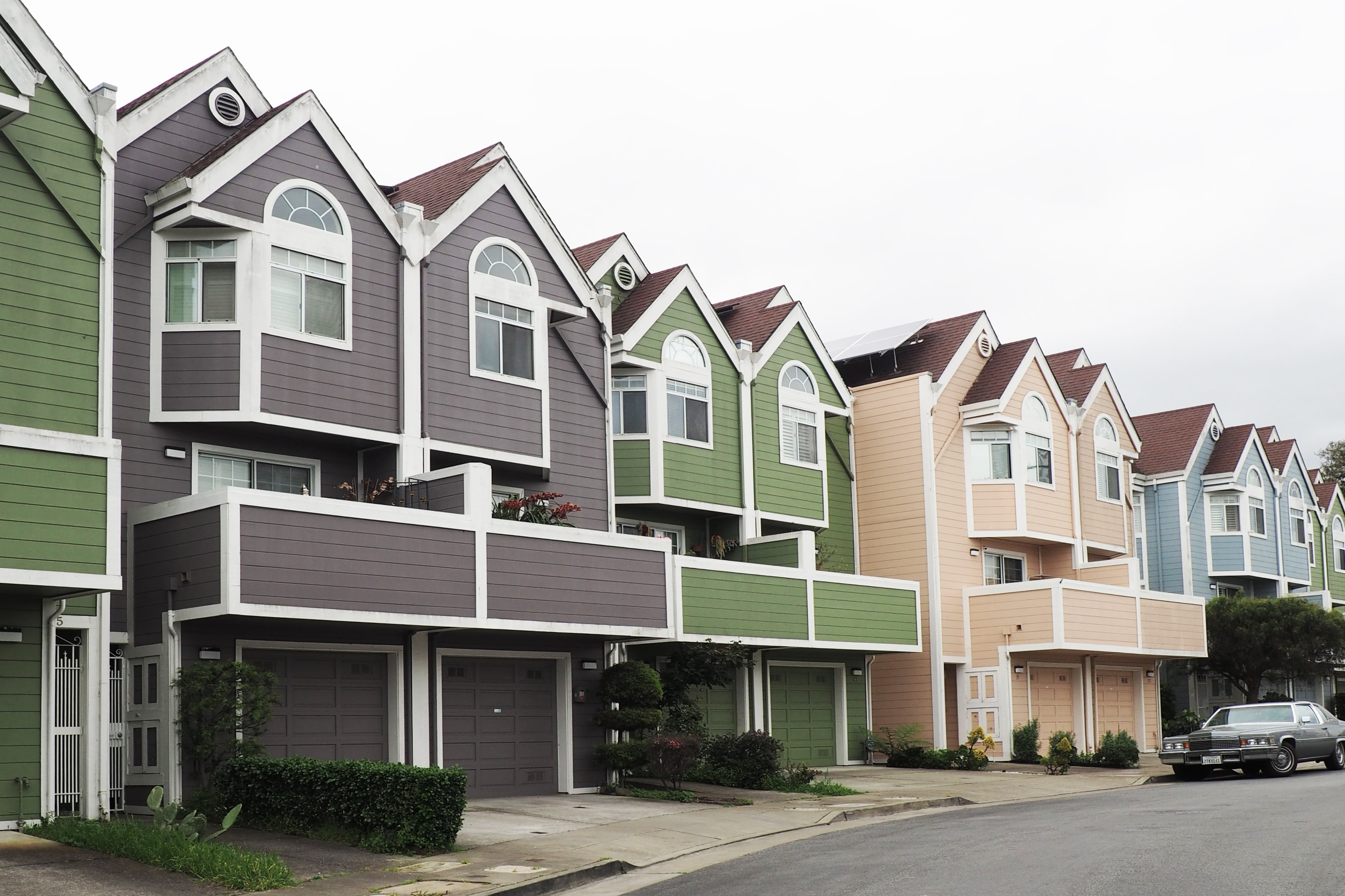
By David M. Greenwald
Executive Editor
Los Angeles, CA – In the first judicial ruling on the constitutionality of SB 10, a Los Angeles Superior Court judge has ruled SB 10 passes constitutional muster.
“The court declares that SB 10 is a lawful preemption of local initiative power that delegates exclusively to local legislative bodies the discretion to adopt an ordinance zoning up to ten units of residential density per parcel if the parcel is located in a transit rich area or an urban infill site, and to override any contrary local zoning initiative if the ordinance is adopted by a 2/3 vote,” the court concludes.
SB 10 allows local governments to rezone transit-rich areas or urban infill sites for denser housing, irrespective of existing zoning restrictions.
“Everywhere you look, we are in a housing crisis,” said Attorney General Bonta, whose office litigated the case. “From Fresno to Fremont, San Diego to San Francisco, Los Angeles to Loomis, families throughout California are struggling to afford the cost of housing.”
According to the California Department of Housing and Community Development, California will need an estimated 2.5 million new homes by 2030 in order to meet  housing demand.
housing demand.
However, the AG points out that, on average, only 100,000 new homes are built in California each year. Infill development—the development of vacant or underutilized plots in existing urban areas—is critical for local governments to address the housing crisis and meet state housing goals.
The AG believes, “SB 10 makes it easier for local governments to zone for infill development, specifically, smaller, lower-cost housing developments of up to 10 units, if they choose.”
Last September, the AIDS Healthcare Foundation along with Redondo Beach filed a petition.
The court notes, “Local initiative measures often concern land-use planning, have guided community development for years, and require a vote of the people to either amend or repeal except in narrow circumstances consistent with the purpose of the initiative.”
Redondo Beach is among the cities with such ordinances and the petitioner has spent time, money and effort to help draft and promote some of these initiative measures
On September 16, 2020, Governor Newsom signed SB 10 into law which allows local governments to adopt ordinances which zone land parcels in transit-rich areas or urban infill sites so that up to ten units of residential density may be developed per parcel.
As the court notes, the ordinances need not comply with local restrictions limiting a legislature’s ability to adopt zoning ordinances, even when enacted by local initiative.
However, the Government Code section does require a two-thirds vote by the relevant legislative body when such ordinances do supersede zoning restrictions established by local initiative. Once enacted, future legislatures are prohibited from reducing the density of the affected parcels.
The court noted, “AHF and local governments objected to these provisions of SB 10, noting that it effectively provided local governments with a tool to increase housing by overturning the democratic will of residents. Additionally, the California Constitution reserves the powers of initiative and referendum to the people and prohibits the Legislature from amending or repealing an initiative except by the electorate’s approval unless the initiative states otherwise.”
The State argues that “SB 10 constitutionally delegates exclusive authority to a city council or board of supervisors to address zoning for parcels up to ten units by preempting local zoning laws, including those imposed by initiative, in an area of statewide concern.”
“In matters of statewide concern, the state may if it chooses preempt the entire field to the exclusion of all local control. If the state chooses instead to grant some measure of local control and autonomy, it has authority to impose procedural restrictions on the exercise of the power granted, including the authority to bar the exercise of The Sathe initiative and referendum.”
The state argues that SB 10 addresses an area of statewide concern, arguing, that “California is in the midst of a housing crisis.”
For example, “Only 27% of households can afford to purchase the median priced single-family home [and] “[o]ver half of renters, and 80% of low-income renters, are rent-burdened, meaning they pay over 30% of their income towards rent. At last count, there were over 160,000 homeless Californians.”
Furthermore, “A major cause of our housing crisis is the mismatch between the supply and demand for housing” as “California needs approximately 2.6 million units of housing” including 1.2 million units of affordable housing.”
“The author’s statement in support of SB 10 contains some dubious assertions,” the court finds, but concludes, “Despite these criticisms, SB 10’s comments section legitimately points out that the state’s role in housing is to ensure that cities and counties plan for and approve new housing.”
The state also argues that “there is a conflict” between this law and “any local law that contradicts its terms.” According to the state, “it makes no difference that the preempted local ordinance was enacted by local voters.”
AG Bonta stated, “Laws like SB 10 are essential to address California’s housing shortage and affordability crisis, providing local governments with an important tool to increase housing supply in their communities. Today’s decision is a critical victory for all Californians. At the California Department of Justice, we’re working day in and day out to defend and enforce state housing laws—and we’re just getting started.”


